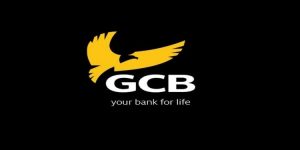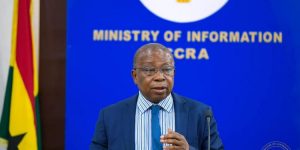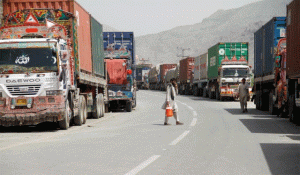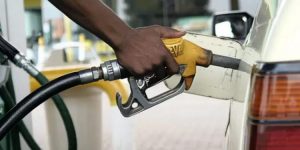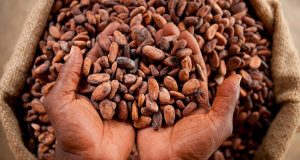The Ghana Private Road Transport Union (GPRTU) has announced that commuters should expect another upward increment in transport fares.
It follows another significant increase in fuel prices by some Oil Marketing Companies (OMCs) yesterday with an increase of up to 30% at the pumps.
According to the Head of the Union’s Communications, Abass Imoro, “if nothing is being done about this also, then next week of course we have to adjust lorry fares.”
“We did mention in the last upward adjustment with the public that should the 10% threshold keep on its peak, we shall definitely come out with another upward adjustment in lorry fare,” he said in an interview on PM Express, Wednesday.
Government had an agreement with commercial transport operators that they can increase the prices of transport fares when fuel prices increased by a cumulative 10%.
Following the current hikes in fuel prices, Abass Imoro says the executives are deliberating on another upward adjustment to be made to the existing fares.
The transport operators, on Saturday, February 26 increased the fares by 15 per cent after weeks of engagement with the various unions and government.
They had earlier demanded a 30 per cent increment but that was reduced to 15 per cent after a meeting with government on Monday, February 21.
Meanwhile, the Deputy Energy Minister, Andrew Agyapa Mercer, has indicated that the government has instituted plans to address the challenges influencing fuel price hikes.
Fuel prices
Fuel prices at the various pumps hit ¢11 per litre on Wednesday, March 16 across the country.
The Bulk Oil Distributors has blamed the situation on the volatility on the market as well as the rising cost of crude on the international market.
According to the Chief Executive, Senyo Hosi, the cedi which is depreciating among other major trading currencies is also a factor for the rise in the price of the commodities.
“This is not really with crude but with products on a metric tonne basis. You’re actually breaking the pair and likely breaking 11 as well, subject to which product and how the OMCs want to add some margins on their current prices.
“What you see from the OMCs publication is quite reflective of what the market situation is and I think a big chunk of it has to do with some of the onset increase around our current cedi issues,” he said.
Meanwhile, the Institute for Energy Security (IES) says the situation has contributed to the inflationary pressures hitting businesses in the country.
According to the IES, if government fails to intervene, the price of petrol and diesel will soon move to at the very least ¢10.00 per litre.
Citing examples like Egypt, Kenya, Togo and South Africa, the IES said these countries have found ways to manage the key determinants of domestic fuel prices through government subsidies on fuels, so citizens and businesses are not badly hit.
Fuel prices gone up 27% since January 1, 2022
A monitoring report from IES Research Analysts showed that fuel prices at the pumps have already incurred a net increase of ¢1.8 per litre (27%t) for both petrol and diesel, since the start of the year, and for five consecutive Pricing-windows.
Referenced to March 2021, the report also revealed that the price of both petrol and diesel have surged by roughly ¢3.33 per litre, suggesting a 65% increment.
While petrol cost per litre in Ghana has surged by about some 65% between March 2021 and March 2022, Kenya, South Africa, and Egypt have recorded price jumps of approximately 14%, 34%, and 26% respectively, within the same period.
The IES said the differences in prices across the listed countries are due to the interventions of respective governments to the rising international oil prices, and the extent to which local currencies are managed against the US dollar.
Since the beginning of the year, prices of petrol and diesel have gone up by more than ¢3 per litre.


